Top 10 Vegetarian Food of Iran
Vegetarian foods are not only healthy and nutritious but also incredibly tasty. You can experience a combination of vegetables, legumes, and different flavors in a healthy vegetarian meal. Many people in Iran and around the world reduce or completely eliminate meat and animal products from their diet for different reasons. These people choose foods that are not only healthy but also contain a combination of vegetables, legumes, and plant-based proteins. Vegetarian dishes are generally easier to digest and provide the necessary energy for the body. Unlike heavy meals that contain animal protein, vegetarian meals do not leave you feeling overly full or sluggish. You will discover a wide range of new flavors by choosing vegetarian dishes. It is important to remember that, contrary to popular belief, vegetarian food is both delicious and nutritious. Stay with us as we introduce you to the most popular Iranian Vegetarian Dishes, along with their history and cooking methods.
Vegetarian Foods of Iran
Iranian cuisine offers a diverse range of vegetarian dishes that showcase the country’s rich culinary traditions. Many traditional dishes are prepared with a balance of spices and textures, highlighting the harmony between savory, tangy, and subtly sweet flavors. Whether baked, fried, or slow-cooked, these plant-based delicacies reflect Iran’s deep-rooted food culture and the creativity of its regional cooking styles.
-
Falafel
One of the most famous vegetarian street foods in the Middle East, especially in Iran, is falafel. This spicy and flavorful dish is particularly popular in southern Iran, especially in Ahvaz and Bandar Abbas, where it is often served with mango sauce. Falafel is so well-loved worldwide that June 12 has been designated as International Falafel Day.
Among the various falafel recipes, chickpea falafel is the most famous. It is believed that falafel originated in Egypt, specifically in the port city of Alexandria, and some historians suggest that its history dates back to the time of the Pharaohs. Falafel is a vegetarian dish that is also very affordable. It is typically served with various pickles, salads, cucumbers, and tomatoes, along with pita bread or baguettes. Depending on personal taste, different sauces are used as condiments. Chickpea falafel is made from chickpeas, garlic, lemon juice, chopped parsley, chopped dill, paprika, and cumin. The spices used in this dish are so important that you can find special falafel seasoning blends in herbal and spice shops.
-
Kuku Sabzi (Herb Frittata)
Kuku is a very common and popular dish throughout Iran, prepared with different ingredients and enjoyed on Iranian tables for over a thousand years. One of the most delicious vegetarian variations is kuku sabzi, made with finely chopped fresh herbs such as parsley, cilantro, dill, and chives. Depending on the region, local herbs are sometimes added to enhance the aroma and flavor. For example, in Gilan, some people add seasonal ingredients like garlic leaves, Khaliwash, or Chochagh, which make the dish even more fragrant.
In some provinces, fenugreek, leeks, or spinach are also included in the recipe. Preparing kuku sabzi is very simple; all you need to do is mix the selected herbs with eggs and seasonings according to the number of servings. Traditionally, it is fried in a pan as a whole or in small spoonfuls, but it can also be baked in the oven using molds or even cooked as stuffed sandwiches by pouring the mixture into slices of toast or baguettes and frying them.
In some northern regions of Iran, kuku sabzi is eaten with rice, but many people enjoy it with sangak or barbari bread, served with pickles and tomatoes. If you want to prepare this dish for a special gathering, you can add barberries or chopped walnuts to make it even more festive and delicious.
-
Mirza Ghasemi
Mirza Ghasemi is a dish that has been prepared in Iran since the Qajar era. This delicious dish from Gilan was created by Mohammad Qasem Khan, the governor of Rasht, during the reign of Naser al-Din Shah. The dish is named after him. Mirza Ghasemi can be served as an appetizer with bread or as a main course with steamed rice. Like many other Gilani dishes, garlic plays a key role in its flavor.
This dish is made with eggplant, tomatoes, garlic, eggs, and spices. However, in some parts of Iran, it is also prepared without tomatoes. The simplicity of Mirza Ghasemi has made it popular among vegetarians. The eggplant must be grilled to achieve the dish’s signature smoky flavor. If you can roast the eggplants over an open flame, the result will be even more aromatic and delicious.
-
Baghela Ghatogh (Fava Bean Stew)
Baghela Ghatogh is a delicious and nutritious vegetarian stew from Gilan made using pach baghela, a type of local fava bean. In the Gilaki dialect, Ghatogh means stew or thick dish. This flavorful dish is prepared with fava beans, garlic, dill, and eggs. To enhance its aroma and taste, fresh dill is often used.
Baghela Ghatogh is traditionally served with steamed rice (kateh). In some cities of Gilan, it is also accompanied by salted fish or kooli (a type of small fish). This dish is sometimes referred to as Gol dar Chaman, which means flower in the meadow.
When local fava beans are not in season, some people make this dish with regular white fava beans, but the taste is noticeably different from the original. There is also a similar dish in Gilan called Bakla Vabij or Khoshkabij, which is made with the same ingredients but has little to no broth, giving it a drier texture.
-
Valak Polo (Wild Garlic Rice)
Valak is a wild herb that grows in mid-spring in bushy areas around Alborz and Shemiranat. Traditional Tehranis have been using this herb for centuries to prepare Valak Polo, a fragrant and flavorful rice dish. Although Valak also grows in Kermanshah, the rice version of this dish is unique to Tehran.
Valak has a strong, sharp aroma, so it should be used in moderate amounts. To prepare Valak Polo, first, clean and finely chop the herb. After rinsing, layer it with parboiled rice before steaming. Some people also add a little garlic and saffron to enhance its taste and fragrance.
-
Eshkeneh-e Mash (Mung Bean Stew from Khorasan)
Eshkeneh is a traditional vegetarian dish that has different variations across Iran, depending on the local ingredients available. The base of Eshkeneh is typically eggs and water, making it a suitable option for vegetarians who include dairy and eggs in their diet. Among all the different types of Eshkeneh, the mung bean version from Khorasan is the most famous.
Eshkeneh-e Mash is prepared with finely chopped onions, diced potatoes, and Ghare Ghoroot (a type of sour whey). At the final stage, an egg can be added to the pot, just like in other types of Eshkeneh. This dish is popular throughout Khorasan and is often enjoyed by travelers visiting the region’s local restaurants.
-
Pakora from Bushehr
This dish reminds us of the spicy flavors of India. Pakora is a type of deep-fried snack, but in southern Iran, particularly in Bushehr, it is also served as a main meal. The key ingredients for Bushehri Pakora include raw chickpea flour, chives, chili powder, baking soda, and various spices. For the perfect experience, Pakora is best enjoyed with a mint yogurt sauce or a sweet-and-sour dip made from spicy and sweet ingredients. This combination elevates the taste of the dish to an unforgettable level.
-
Bat Mash from Sistan and Baluchestan
Bat Mash is a traditional vegetarian dish from Sistan and Baluchestan. It is especially popular in the southern parts of Baluchestan, where it is often served with mango pickle or lime. Bat Mash is a nourishing dish made from rice, mung beans, legumes, and spices. It is particularly enjoyed during Ramadan, winter, and rainy days. Since Bat Mash has a soupy consistency, it is best eaten hot and fresh, making it a comforting meal in colder weather.
-
Dolmeh Barg-e Mo (stuffed grape leaves)
Dolmeh is definitely a delicious and unique example of Persian Vegetarian food. The stuffing, typically a mix of rice and split peas, is wrapped in grape leaves and then slowly cooked. However, Dolmeh is not limited to grape leaves; many other variations exist, where the filling is placed inside potatoes, tomatoes, lettuce leaves, cabbage, or bell peppers before being cooked.
Some versions of Dolmeh include ground meat, while others remain entirely vegetarian. The herb selection varies by region and taste; some people add dill, while others prefer parsley. In Abadan, tamarind and raisins are often included to give the dish a unique sweet and sour flavor.
The word Dolmeh comes from Turkish and means “stuffed.”
In 2017, Azerbaijan registered Dolmeh as part of its UNESCO Intangible Cultural Heritage. Today, it is enjoyed not only in Iran and the Caucasus but also across the Middle East and even in parts of Europe, with stuffed grape leaves being the most famous version.
-
Omelet-e Soozi from Sistan and Baluchestan
In Sistan, there is a special omelet called Omelet-e Soozi, which is widely popular among vegetarians. Most traditional dishes from this region contain meat, but Omelet-e Soozi is an exception. It is also commonly prepared in Chabahar.
The key ingredient in this omelet is a local herb called Soozi, which gives the dish a great flavor. The main ingredients include potatoes, eggs, onions, garlic, chili, salt, and oil. If Soozi is not available, spinach can be used as a substitute, though the taste will not be exactly the same.
How to Survive as a Vegetarian in Iran?
Surviving as a vegetarian in Iran is not difficult, as Iranian cuisine offers a wide range of vegetarian options. Traditional foods like Kashk-e Bademjan (eggplant dip), Mirza Ghasemi (smoky eggplant and tomato dish), and Ash Reshteh (herb and noodle soup) are naturally vegetarian.
When eating at restaurants, you can ask for meals without meat or try side dishes like salads, yogurt-based dips, and fresh herbs with bread. Local markets are full of fresh vegetables, fruits, nuts, and legumes, making it easy to cook vegetarian food at home.
If you explain your dietary preferences, most people will happily accommodate your needs, and there is no need to worry.
Final Word
We talked about popular Iranian vegetarian dishes and shared some Iranian vegetarian recipes with you. This list can be much longer than you might imagine! With vegetable ingredients, countless Iranian vegetarian dishes can be prepared, thanks to the diverse culinary traditions in different regions of Iran. In general, Iranian vegetarian dishes are not only delicious and nutritious but also have high nutritional value and can be helpful for our health. Given the remarkable variety of these dishes, you can always find new options for your meals and enjoy the richness of healthy and diverse Iranian vegetarian cuisine.
Are you planning to travel to Iran and looking for an Iran travel agency? Check out our Iran tours and feel free to contact us.

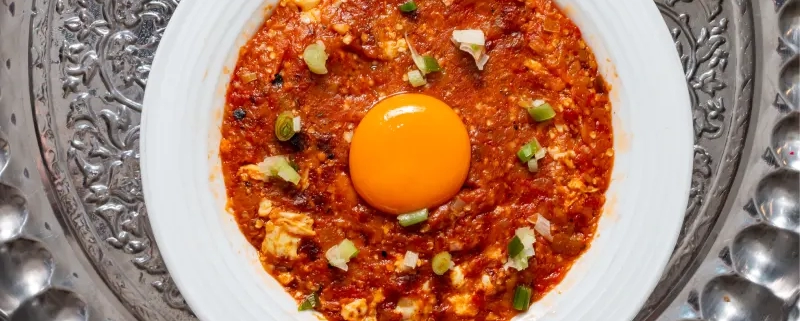
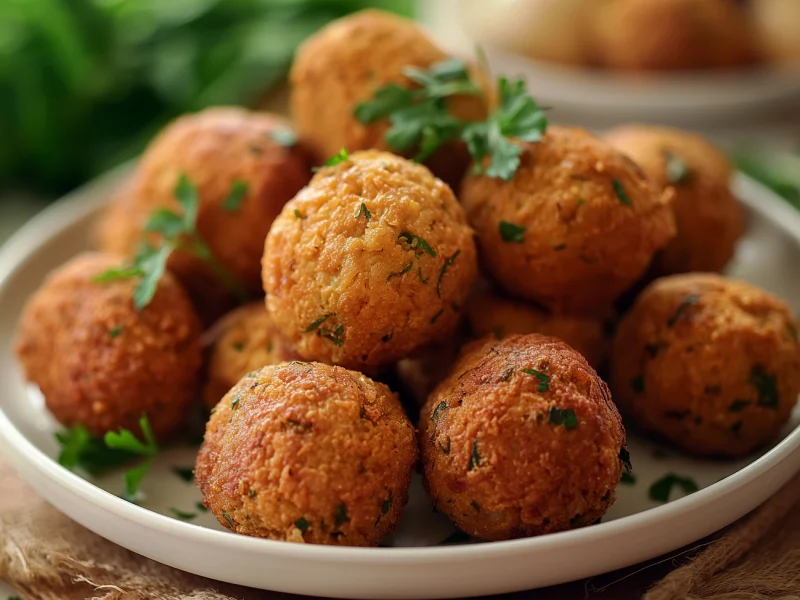

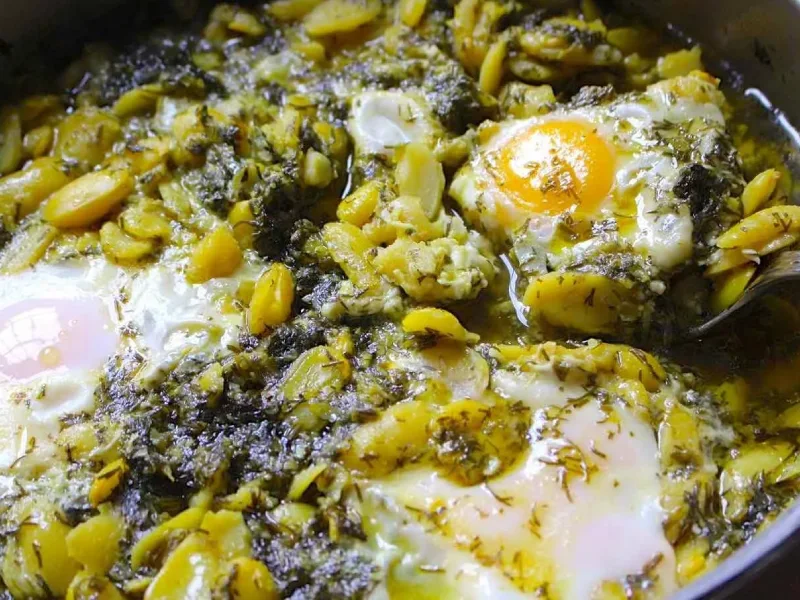
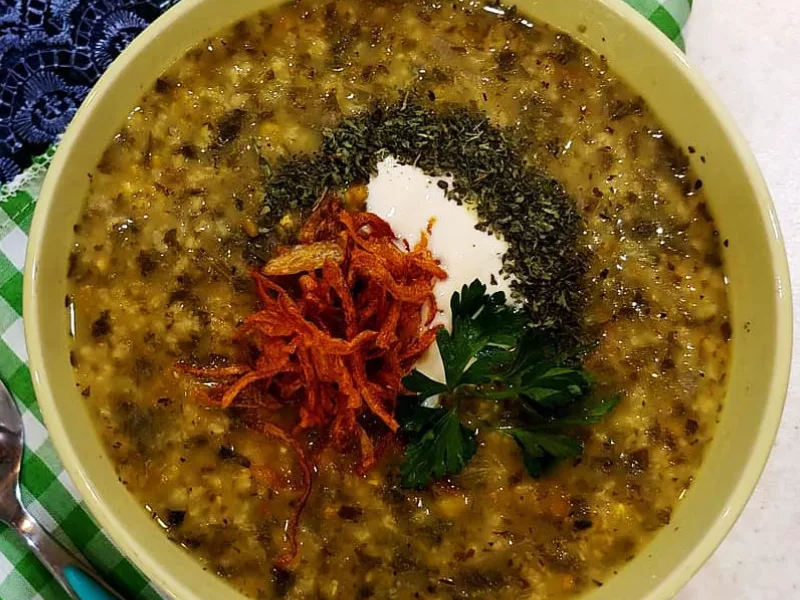

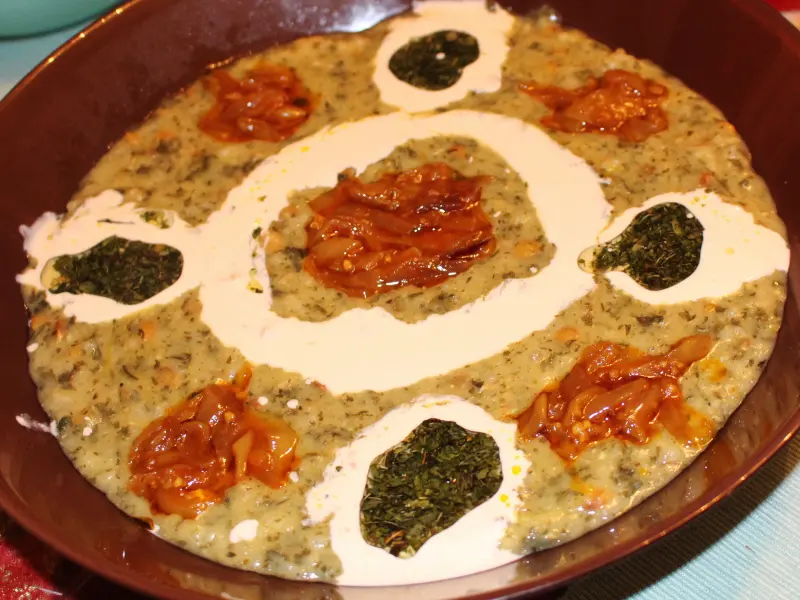

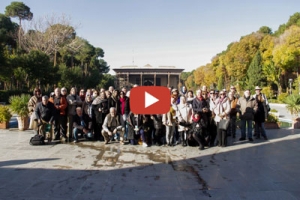


Leave a Reply
Want to join the discussion?Feel free to contribute!